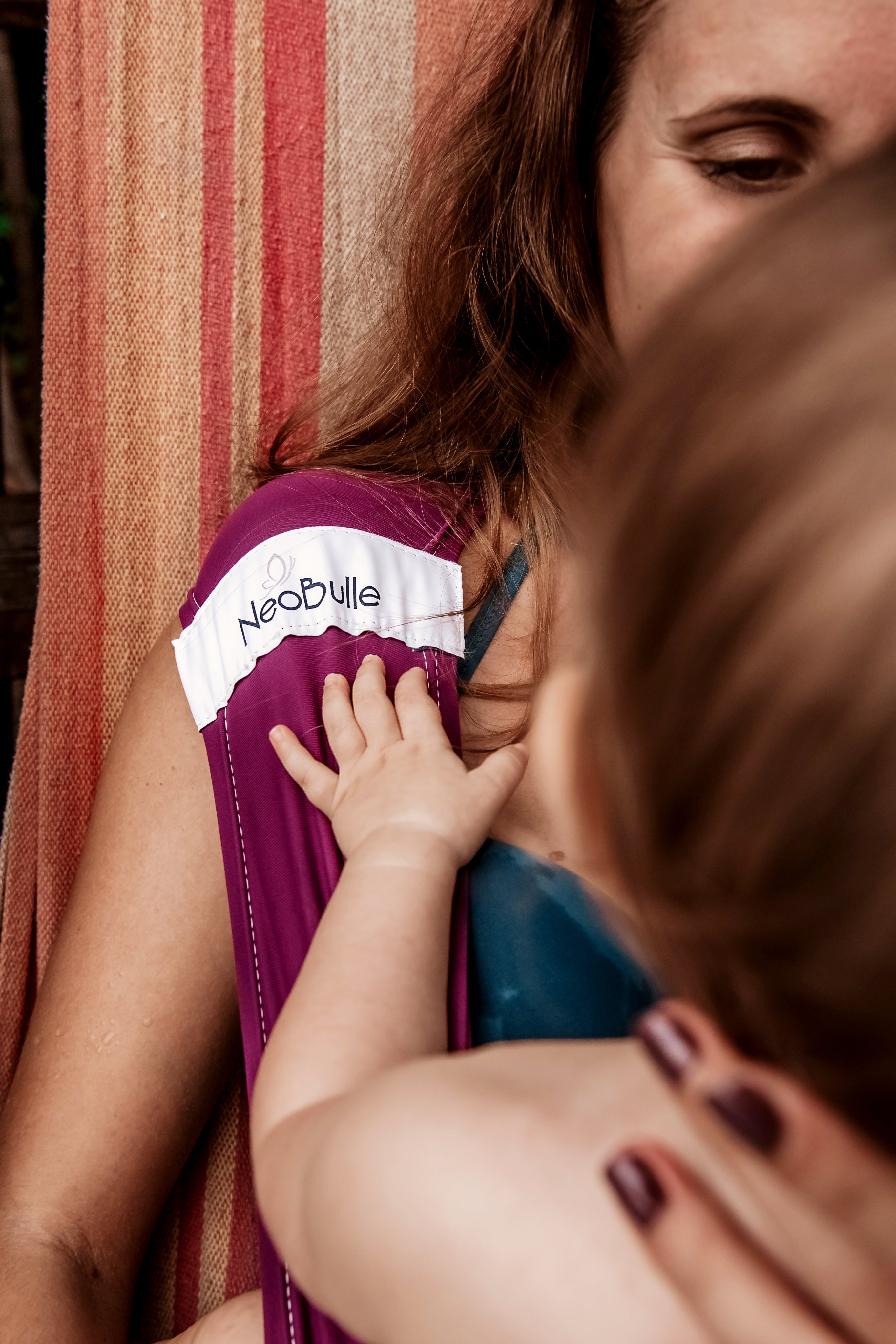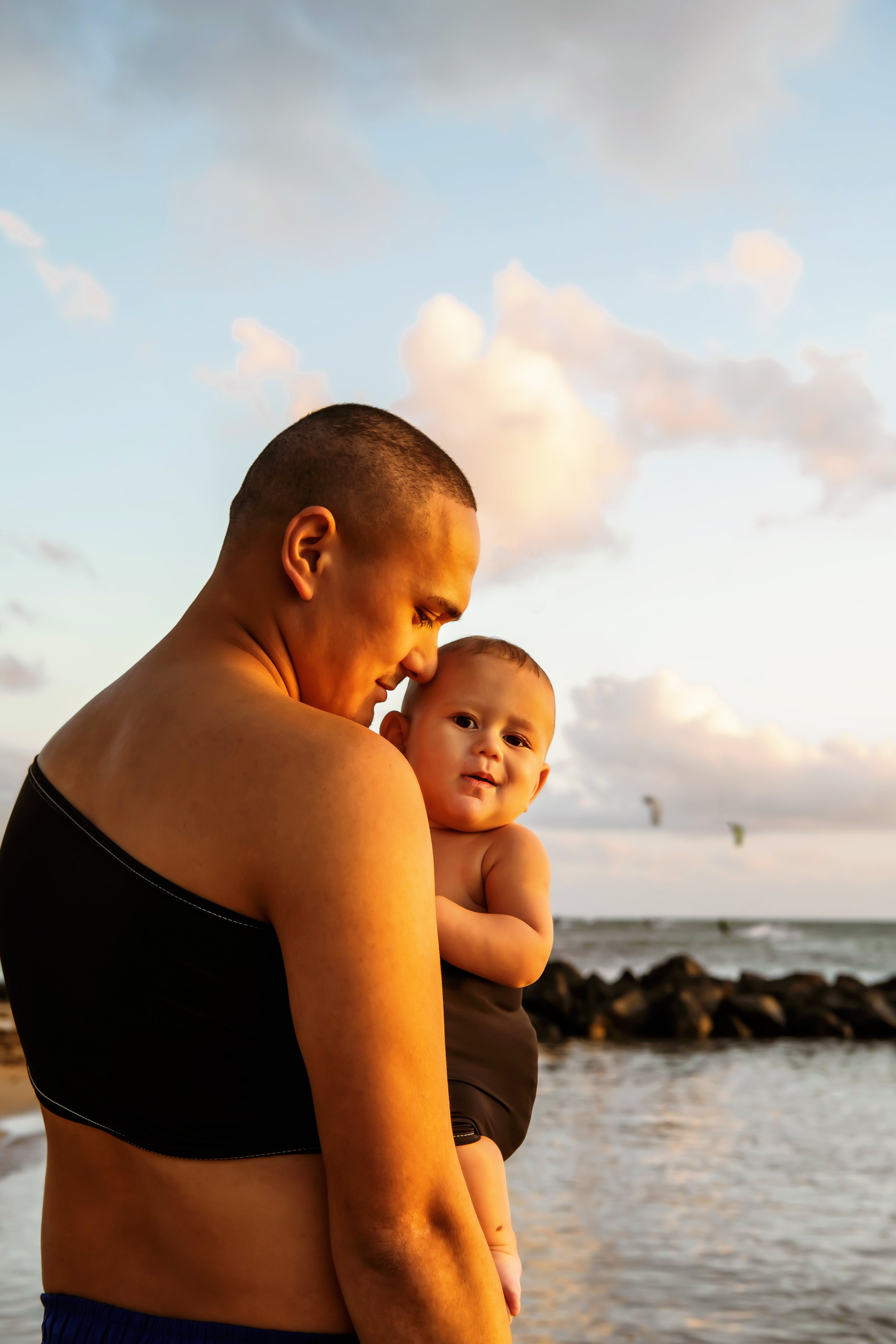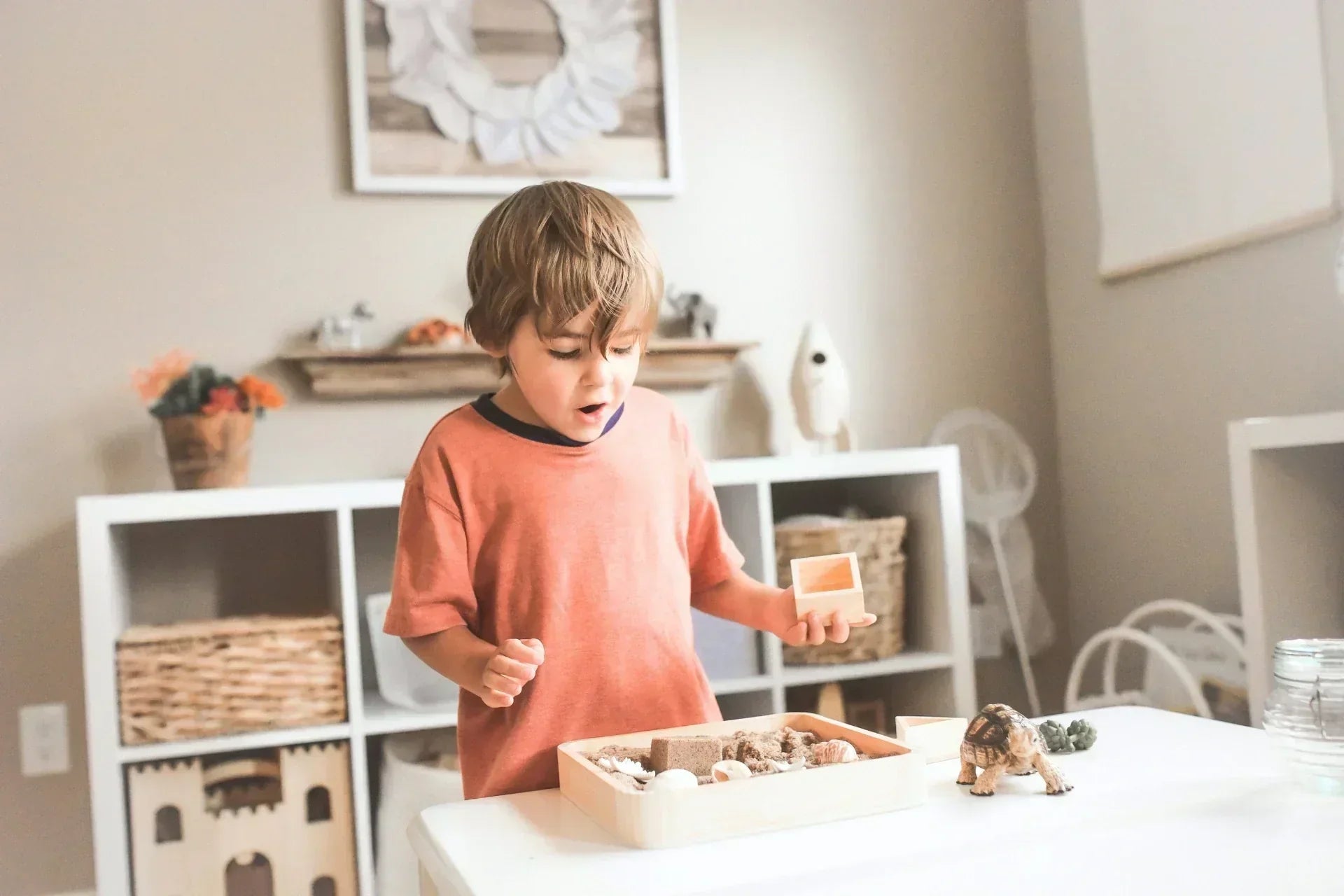Oh, teeth… We could probably write horror movie scripts for parents on this topic! They bother babies when they push through, they bother when they fall out, when they require braces, when they get cavities… Since it's not a good idea to go straight to dentures just to gain peace of mind and because each day has its own struggles, how about taking a quick look at tricks and tips to soothe baby when those little teeth start to appear?

The warning signs
If on average the 1st tooth appears around 4 to 7 months, in reality, teeth can come in at almost any time… Some babies are born with a tooth! They sometimes emerge "out of the blue", you wake up one morning and are surprised to find a white thing in the baby's mouth that wasn't there the day before, and without any warning. But more often, there are warning signs. Here are some non-exhaustive examples:
- A grumpy baby, crying more than usual
- Disrupted sleep
- Swollen gums
- Drooling like a snail
- Carrying everything to their mouth and trying to bite
- Red cheeks
- Irritated bottoms
What’s the connection between teeth and red bottoms, you ask? Teething causes excessive salivation, which increases the acidity of stools in particular, and thus indirectly causes irritations. Another possible cause is that by putting their fingers and various objects in their mouth, they absorb a larger amount of pathogens, which can also cause loose, acidic stools that irritate the skin of the diaper area.
When there is an increase in acidity, it can also lead to exacerbation of potential gastroesophageal reflux in affected babies. Need more specific info about GERD? Check out our dedicated article!
Between the first warning signs and the arrival of the first tooth, several weeks or even months can pass, with alternating phases of discomfort and calm.
NB: Around 3 months, when the baby suddenly starts drooling, this is not necessarily related to teething, it also coincides with the moment when salivary glands mature.

In what order?
The first teeth to appear are generally the central incisors, followed by the lateral ones. Then come the first molars, then the canines, and finally the second molars.
That’s the theory.
In practice, some little ones may start by seeing an initially a lateral incisor, or even a canine (more exceptional)!
It’s not uncommon for teeth to be slightly spaced, don’t panic, since the permanent teeth are wider, this allows them to have space when they come in a few years later.

Relieving baby
From a mild discomfort to intense pain, unfortunately not all babies are equally blessed... It can sometimes be difficult for parents to see their little one suffer and not be able to help them. Several small tips can be useful to get through this stage:
- Our First teeth oil: it softens the gums, reduces inflammation, and helps decrease pain.
- Chewing toys: don’t hesitate to offer varied textures (silicone, wood…) to see what your little one prefers!
- Cold applications: some toys can be placed in the freezer before being presented to the baby. Cold naturally relieves pain and gum inflammation.
- Carrying baby: lying down tends to intensify the pain, by keeping baby upright and reassuring them, carrying can help especially during naps.
- An analgesic: if the pain is too intense, a little paracetamol can be beneficial, don’t hesitate to talk to your doctor about it.
Sometimes babies choose to bite into objects that are a bit unusual (a memory from one of my children who threw his old leather belt of his father…), in the end, they are the ones who find what soothes them. Be careful, though, not to leave your fingers in their mouth too much: their brand-new tiny teeth are also very sharp!
It’s also worth reminding that rubbing the gums with sugar is not recommended, no matter what grandma says.

Taking care of the first little teeth
It's never too early to adopt good habits and take care of your child's teeth!
During the phase when the gums are "working," you can offer small silicone brushes for babies, to chew on when it tickles, which "imitates" the shape and use of real toothbrushes and allows for a gentle transition to using real toothbrushes later on.
As soon as the first teeth appear, you can start gently cleaning them with a small appropriate brush and a trace of baby-specific toothpaste. Up to 2 years old, it is recommended to brush teeth for 2 minutes twice a day.
Fluoride-free toothpastes should be avoided. Indeed, fluoride plays a major protective role on dental enamel (especially during acid attacks from eating), has an antiseptic effect on cariogenic bacteria, and helps to damaged surfaces during the early stages of cavities. (source: https://www.ufsbd.fr/espace-pro/nos-ressources-thematiques/fluor/)
If in doubt or if you have questions, do not hesitate to schedule an appointment with a pediatric dentist for a first visit!

You are now equipped for the coming months! Stay strong, after all, there are only 20 primary teeth to care for 😊





